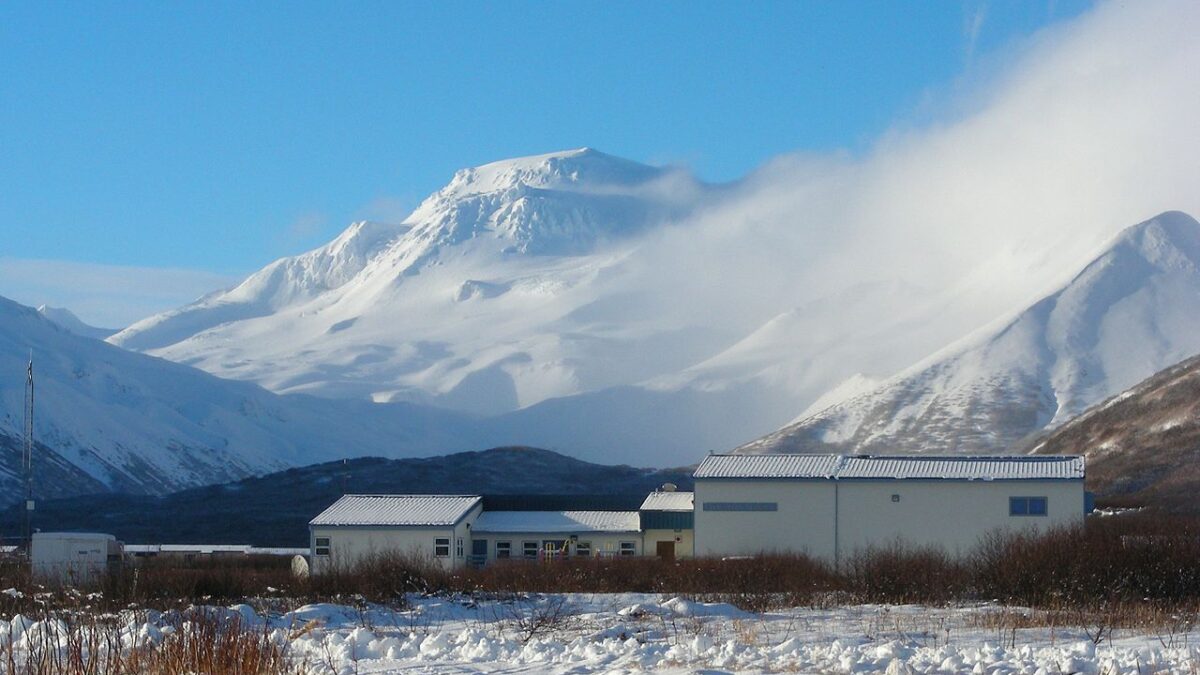Alaska’s newly introduced social studies standards have raised significant concerns, with many noting troubling omissions that ignore the state's history and key elements of American heritage. The standards, which were finalized by Alaska’s Department of Education and Early Development, leave out important events and figures in Alaska’s history, such as the Nome Gold Rush, the Trans-Alaska Pipeline System, William Egan (Alaska's first governor), and even Sarah Palin, who famously ran for Vice President of the United States. These absences paint a troubling picture of a curriculum that fails to reflect the historical significance of Alaska and the people who shaped it.
More troubling, however, is what the standards do include—or rather, what they replace. While the standards avoid the worst excesses of blue-state social studies programs, such as extreme political ideologies and unprofessional language, they still fall far short of what should be expected in an American social studies curriculum. The new standards focus more on promoting identity politics and progressive activism than providing students with a solid foundation in history and civic education.
One major influence on these standards is the National Council for the Social Studies (NCSS) and its ideologically driven framework, the C3 Framework. The C3 Framework prioritizes “inquiry” and activism over factual content, replacing concrete knowledge with vague concepts and progressive narratives. As a result, fundamental figures in American history like George Washington, Abraham Lincoln, and even the basic concepts of Christianity and Western civilization are entirely absent from the curriculum.
This lack of focus on historical content is not limited to Alaska’s history. While there is some attention given to economics and civics, historical events, especially those relating to America’s wars and technological advancements, are nearly absent. Even the names of iconic figures in U.S. history are omitted, and the standards contain no reference to foundational documents like the Constitution or the Bill of Rights.
The standards also emphasize “action civics,” a form of civic education that substitutes classroom instruction with activism and protest. This shift pushes the idea that to be an “engaged citizen,” students must focus on demonstrations and activism, rather than learning the critical aspects of U.S. history and government. The emphasis on social justice issues, including racial inequalities, and the framing of American history as a narrative of oppression, distorts the educational experience for students.
Moreover, the standards present a focus on “Indigenous resistance efforts” and “land acknowledgments,” a concept that some argue is used to delegitimize the United States and its history. While acknowledging Alaska Natives and their history is important, the heavy focus on identity politics risks overshadowing the rich diversity of historical and cultural content that should be taught.
Critics argue that the department's process for creating the standards was deeply flawed, with racial categories being used to select content advisors, raising concerns about discrimination in the drafting process. This, coupled with the heavy reliance on the NCSS and the C3 Framework, has resulted in standards that are bureaucratic, politicized, and devoid of the rigorous historical content needed to prepare students for responsible citizenship.
The recommendations are clear: Alaska needs a fresh approach to its social studies curriculum. A new set of standards should focus on patriotic content, the study of foundational documents of liberty, and the inclusion of Alaska’s history in a straightforward, factual format. It’s time to create a curriculum that provides students with the tools they need to understand the world around them, grounded in historical accuracy and the values that have shaped the United States and Alaska.



